The geographical preconditions of Commercial societies
And why they were not enough to ensure the evolution of Commercial societies
In previous articles, I explained what society types are, how they let us understand human history, and why Commercial societies invented modern human progress. I also wrote two articles on the valuable role that Commercial farming practices played in creating the first inklings of progress.
In short, a very tiny group of societies tucked away in Northwest Europe managed to invent four of the Five Keys to Progress:
Decentralization of political, economic, and religious power
A collection of high-value-added export industries.
The following is an excerpt from my book From Poverty to Progress: Understanding Humanity’s Greatest Achievement. You can purchase discounted copies of my book at my website, or you can purchase full-price ebooks, paperback, or hardcovers at Amazon.
Other books in my “From Poverty to Progress” book series:
This article is one article in my multi-part series on How progress spread across the globe:
How Progress Spread Across the Globe (podcast)
The geographical preconditions of Commercial societies (this article)
How the Industrial Revolution upset the military balance of power
How Progress shaped the Great Power conflicts of the 20th Century
Preconditions of Commercial Societies
So why did Northwestern Europe evolve a network of autonomous trade-based cities, while other regions with Agrarian societies in Eurasia did not?
Geography played an important, but not a critical role. Northwestern Europe possessed a vast network of navigable rivers that flowed year-round and emptied into the ocean. The region also possessed a long, jagged coastline with natural ocean ports. But the same could be said for parts of China, Korea, Japan, India, and some other locations in Eurasia.
You can see my general theory of history in this graphic, which I explain in more detail here. “Commercial societies” are near the top right corner of this graphic.
While all previous transitions between society types were driven by geography and technological factors, whether or not an Agrarian society transitions to a Commercial society is mainly driven by political factors.
When an Agrarian society reaches a certain level of agricultural productivity, it opens up the possibility of transitioning to a Commercial society. Certain geographical factors, such as proximity to ocean ports or navigable rivers matter, but they are also common enough that most large societies have at least one geographic area that fits that criteria. This means that the key factor is political autonomy, or more accurately the ability of fledgling trade-based cities to defend and enlarge their political autonomy from aggressive Agrarian empires.
The lucky few cities that were able to carve out political autonomy evolved into full-fledged Commercial societies. The vast majority failed, becoming just another city within a larger Agrarian society, albeit with a more prosperous citizenry. Without political autonomy, the interests of trade were subordinated to the overriding importance of security and resource extraction within Agrarian elites.
In Northern Italy and the Low Countries, a constellation of autonomous Commercial societies was able to sustain themselves for centuries. Their demonstration effect on each other (“look, it is possible for a small city to go its own way”) and temporary military alliances against neighboring empires allowed them to support each other.
Given the importance of Commercial societies in accelerating innovation of technology, skills, and social organizations, the ability of fledgling trade-based cities to defend and enlarge their political autonomy from aggressive Agrarian empires is one of the great contingencies in world history.
Because a few regions on the European continent were able to make the transition, European culture, and social organizations have had an out-sized impact on the rest of the world. Because no regions outside Europe were able to do so, the impact of the rest of the world after 1500 has been seriously circumscribed (at least until the last few decades).
Geography of Commercial Societies
Just like all society types, Commercial societies could evolve only under highly constrained geographical preconditions. Most importantly, Commercial societies could only emerge where there was highly productive agriculture. This effectively meant that they could only emerge on the plains of Temperate Forest or Mediterranean biomes. Without a significant surplus of food, it would have been impossible to feed the citizens who lived in the cities that were essential to the survival of Commercial societies.
Commercial societies also needed to be located on a major navigable river or a natural ocean port. Before the advent of the railroad, the only cost-effective means of moving large, heavy goods was via sailing ship. This radically reduced the geographical areas that could potentially evolve into Commercial societies.
Commercial societies also had to be located in proximity to Agrarian societies. The elites of Agrarian societies who hungered to display their social status created a huge market for luxury goods. Since these luxury goods were small, light and valuable, they presented a relatively easy market to penetrate.
In Europe, this meant the spice trade with Southeast Asia. Once early Commercial societies in Italy learned how to make money by transporting and selling luxury goods, they could then branch out into less-profitable but more stable consumer markets, particularly textiles.
While Commercial societies needed to be close to Agrarian societies, they also had to be autonomous from their political and military power. Kings were notorious for looting wealthy cities with taxation or even direct expropriation. Kings also had a nasty habit of going to war to steal the wealth of weaker neighboring societies.
The decentralized political structure of feudal Europe was ideal for the growth of Commercial societies. Without one large empire to stifle these little cities, they could pop up like mushrooms wherever the local geographical and political conditions would allow.
Most of the above was an excerpt from my book From Poverty to Progress: Understanding Humanity’s Greatest Achievement. You can purchase discounted copies of my book at my website, or pay full prize at Amazon.
Other books in my “From Poverty to Progress” book series:
This article is one article in my multi-part series on How progress spread across the globe:
How Progress Spread Across the Globe (podcast)
The geographical preconditions of Commercial societies (this article)
How the Industrial Revolution upset the military balance of power
How Progress shaped the Great Power conflicts of the 20th Century

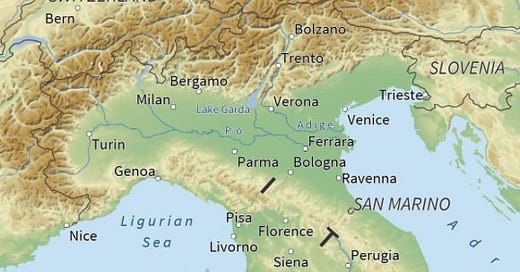





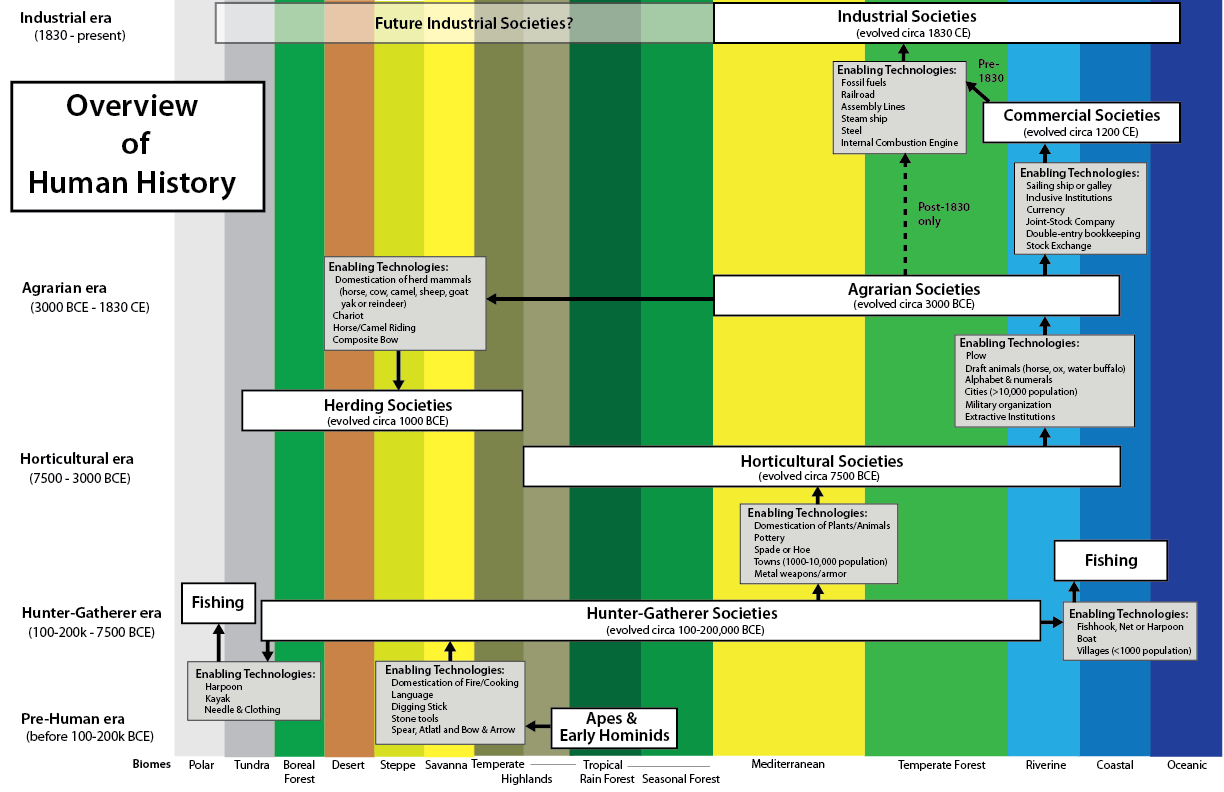
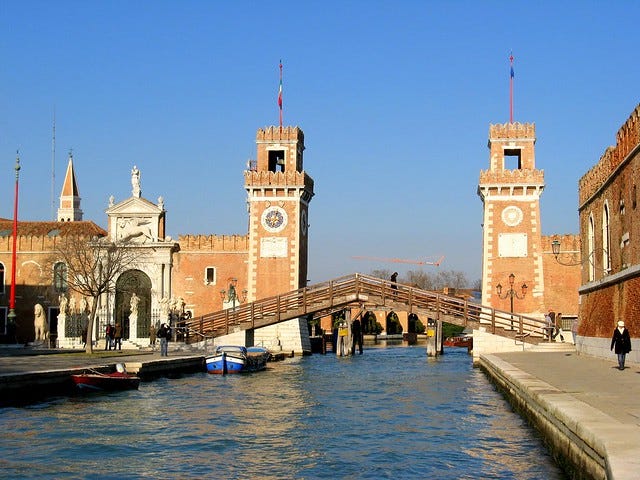
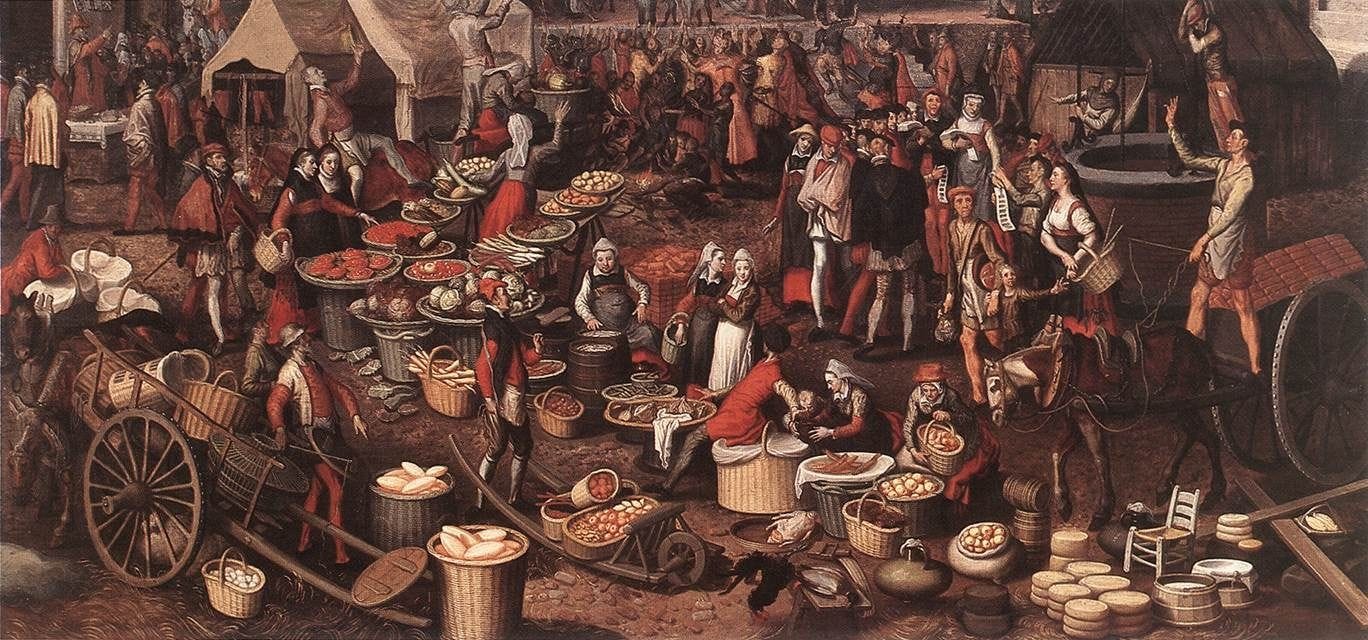

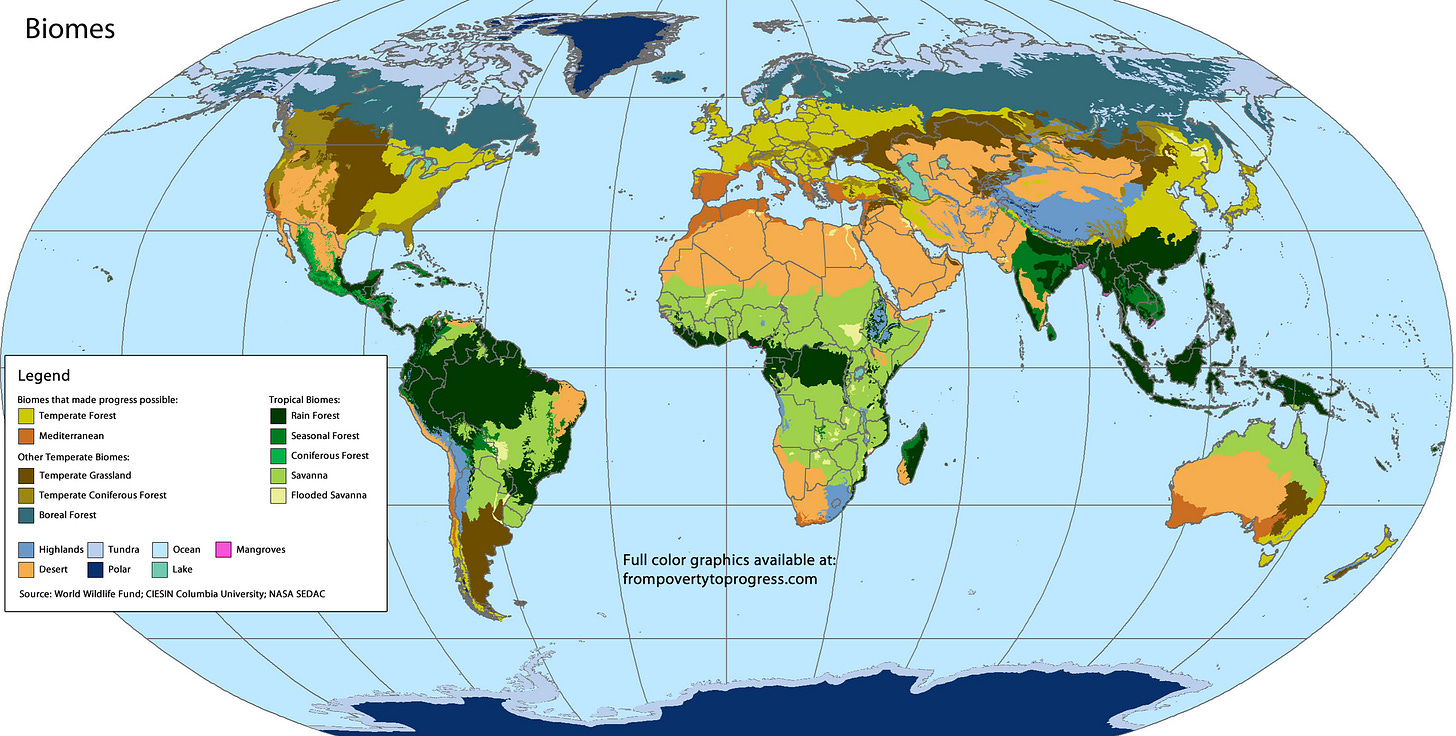

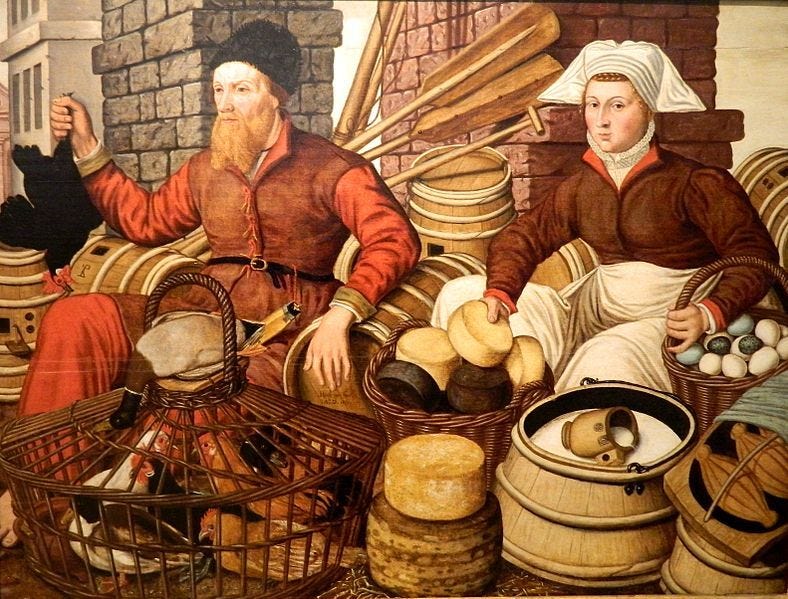

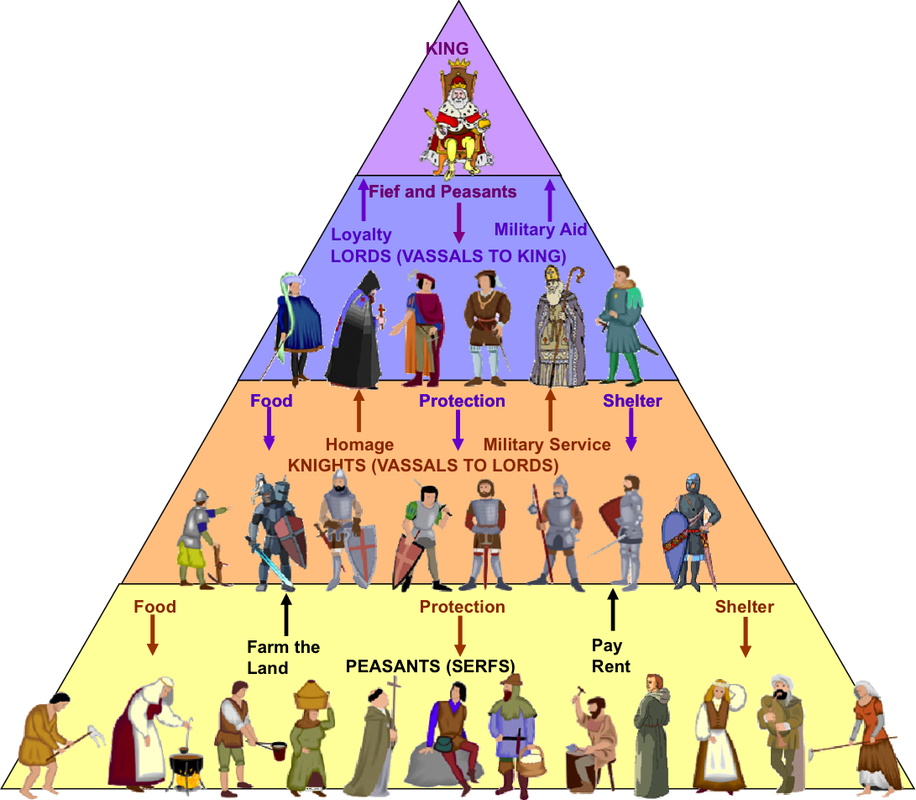
To what extent were the Ancient Greek city states commercial societies?
Wasn't England the most centralised state in Europe. To this day Britain remains the most centralised government in Europe.